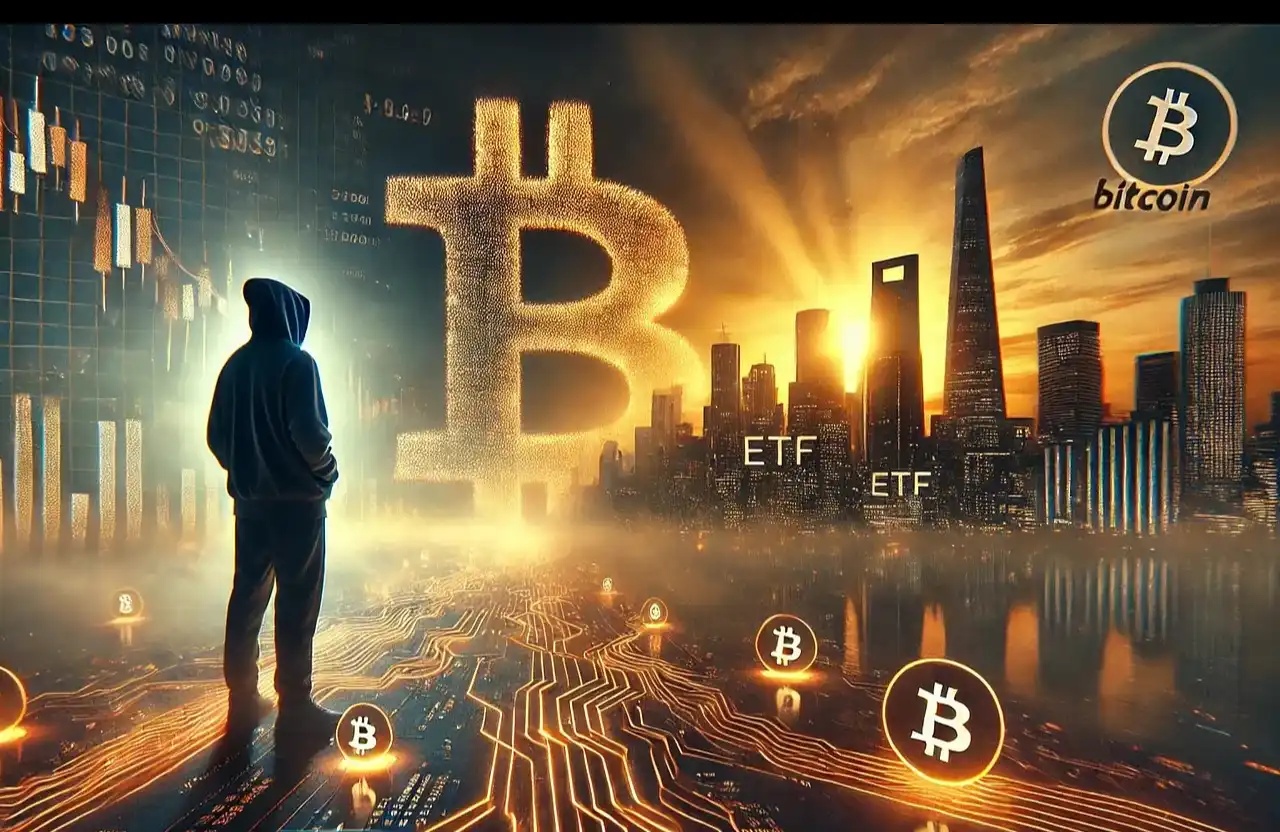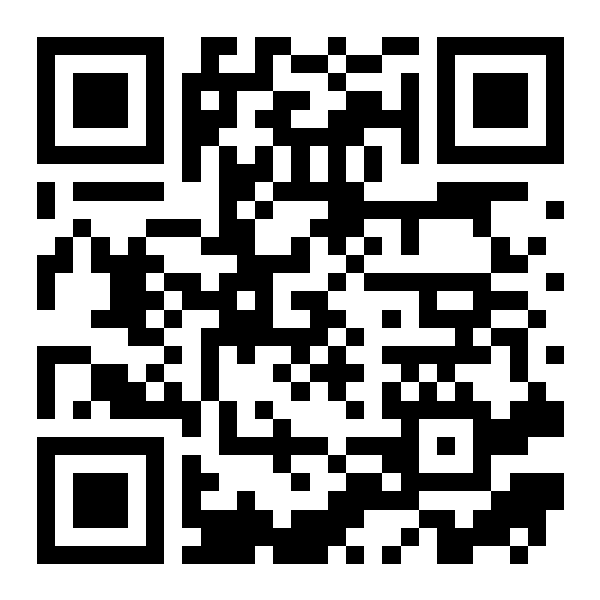Global Liquidity Reconfiguration: How does RWA Eats Up Traditional Finance's "Latency Arbitrage" Cake?
Original Title: "RWA: The Elephant in the Room"
Original Author: Zeke, YBB Capital
Introduction
Tokenizing Real World Assets (RWA) aims to enhance liquidity, transparency, and accessibility, allowing a broader range of individuals to access high-value assets. This is Coinbase's explanation of the term RWA and is also a common explanation of RWA in educational articles. However, in my opinion, this statement is neither clear nor entirely accurate. This article will attempt to interpret RWA in the context of the current era from my personal perspective.
1. The Fractured Prism
The integration of crypto and real-world assets can be traced back to over a decade ago with Colored Coins on Bitcoin. Colored Coins were achieved by adding metadata to Bitcoin UTXOs to "color" them, giving specific Satoshis the representation of external assets, thereby marking and managing real-world assets (such as stocks, bonds, real estate) on the Bitcoin blockchain. This protocol, similar to ERC-20, was humanity's first systemic attempt to achieve non-monetary functions on the blockchain, and it also marked the beginning of blockchain's move towards intelligence. However, limited by Bitcoin's script operation codes, the asset rules of Colored Coins needed to be parsed by third-party wallets, and users had to trust these tools' definition logic of UTXO "color." Centralized trust, along with factors such as poor liquidity, led to the initial concept validation of RWA ending in failure.
In the following years, with Ethereum as a turning point, the blockchain entered the era of Turing completeness. Various narratives have had moments of madness, but in the past decade, RWA, except for fiat-backed stablecoins, has always been all thunder and little rain. Why is this?
I remember writing in an article about stablecoins that there has never been a real dollar on the blockchain. The essence of USDT or USDC is just a "digital bond" given to you by a private company, and USDT is theoretically much more fragile compared to the dollar. Tether's success actually stems from the urgent need in the blockchain world for a value-stable medium that cannot be created.
In the world of RWA, there is no such thing as decentralization. The trust assumption must be built on a centralized entity, and the risk control of this entity can only rely on regulation. The inherent anarchism in the DNA of crypto is fundamentally contradictory to this idea, and the underlying architecture of any public chain is designed to resist regulation. The lack of regulation above the public chain is the primary reason why RWA has never succeeded.

The second point is asset complexity. Although RWA encompasses the tokenization of all real-world assets, we can still roughly divide them into two categories: financial assets and non-financial assets. For financial assets, they inherently possess homogenized properties, and the link between the underlying asset and the token can be established through regulated custodians. For non-financial assets, the issue is much more complex, and the solution is mainly dependent on IoT systems, but still cannot address sudden factors such as human malice and natural disasters. Therefore, in my opinion, RWA, as a prism of real-world assets, can only reflect a finite amount of light. In the future, non-financial assets that want to survive on the chain must inevitably meet the two prerequisites of homogeneity and easy valuation.
Thirdly, compared to highly volatile digital assets, it is basically difficult to find assets in the real world that have a comparable level of volatility. Moreover, in DeFi, APY values that easily reach tens or even hundreds of percent leave TradFi behind. Low returns and a lack of motivation to participate are another pain point for RWA.
If that's the case, why is the industry once again focusing on this narrative?
II. Policy Matters
As mentioned earlier, regulatory advancement is a key factor for RWA to exist in TradFi. When the trust assumption is established, this concept can be promoted. Currently, regions friendly to the development of Web3, such as Hong Kong, Dubai, Singapore, etc., have recently successively implemented regulatory frameworks related to RWA. Therefore, when this starting point appears, the journey of RWA is just beginning. However, as it stands now, regulatory fragmentation and TradFi's high risk aversion have still cast a veil of uncertainty over this track.
The following are details of the regulatory frameworks for RWA in major jurisdictions globally as of April 2025:
United States:
Regulatory Agencies: SEC (Securities and Exchange Commission), CFTC (Commodity Futures Trading Commission)
Key Regulations:
· Security Tokens: Need to undergo the Howey Test to determine if they are classified as securities, subject to registration or exemption under the 1933 Securities Act (such as Reg D, Reg A+).
· Commodity Tokens: Regulated by the CFTC, with Bitcoin, Ethereum, etc., being explicitly classified as commodities.
Key Measures:
1. KYC/AML: BlackRock's BUIDL Fund is only open to qualified investors (net worth ≥ $1 million) and enforces on-chain identity verification (such as Circle Verite).
2. Securities Designation Expansion: Any RWA involving dividends may be designated as a security. For example: SEC's penalty on tokenization platform Securitize (2024 for unregistered securities issuance).
Hong Kong:
Regulatory Bodies: HKMA, SFC
Core Framework:
· The Securities and Futures Ordinance regulates security token offerings, requiring compliance with investor suitability, disclosure, and AML requirements.
· Non-security tokens (such as commodity tokens) are subject to the Anti-Money Laundering Ordinance.
Key Measures:
1. Ensemble Sandbox Scheme: Testing dual-currency settlement for tokenized bonds (HKD/Offshore RMB), cross-border real estate collateral (in collaboration with the Bank of Thailand), participating institutions include HSBC, Standard Chartered, AntChain, etc.;
2. Stablecoin Gatekeeping Policy: Only HKMA-approved stablecoins (such as HKDG, CNHT) are allowed, while unregistered coins like USDT are prohibited.
European Union:
Regulatory Body: ESMA (European Securities and Markets Authority)
Core Regulations:
· MiCA (Markets in Crypto-Assets): Effective in 2025, requires RWA issuers to establish an EU entity, submit a whitepaper, and undergo an audit.
· Token Classification: Asset-Referenced Tokens (ARTs), Electronic Money Tokens (EMTs), and other crypto assets.
Key Measures:
1. Liquidity Restrictions: Secondary market trading must be licensed, and DeFi platforms may be defined as Virtual Asset Service Providers (VASPs).
2. Compliance Shortcut: Luxembourg Fund Structure (such as Tokeny Gold Token) becomes a low-cost issuance channel, while small RWA platforms expect a 200% increase in compliance costs.
Dubai:
Regulatory Authority: DFSA (Dubai Financial Services Authority)
Core Framework:
· Tokenization Sandbox (launching in March 2025): Two phases (Expression of Interest, ITL Testing Cohort), allowing testing of security tokens (stocks, bonds) and derivative tokens.
· Compliance Pathway: Exempting some capital and risk management requirements, formal license application possible after a 6-12 month testing period.
Advantages: Equivalent to EU regulation, supports Distributed Ledger Technology (DLT) applications, reduces financing costs.
Singapore:
· Security tokens included in the Securities and Futures Act, subject to exemptions (small offerings ≤ 5 million SGD, private placements ≤ 50 persons).
· Utility tokens must comply with anti-money laundering regulations, MAS (Monetary Authority of Singapore) driving pilots through sandbox.
Australia:
ASIC (Australian Securities and Investments Commission) classifies revenue-generating RWA tokens as financial products, requiring an Australian Financial Services License (AFSL) and risk disclosure.
In summary, while European and American countries focus on compliance thresholds, regions like Asia and the Middle East attract projects through experimental policies, but compliance hurdles remain high. Therefore, the current state of RWA protocols is that they can exist on public chains but must be supplemented with various compliance modules to fit within the regulatory framework. These compliance protocols cannot interact directly with traditional DeFi protocols. Furthermore, based on different legal jurisdictions, a protocol compliant with the regulatory framework in Hong Kong, for example, cannot interact with compliance protocols in other regions. From the current perspective, RWA protocols do not have sufficient accessibility and lack interoperability, appearing as a "island" that deviates from the ideal form.
So, is there really no way to find a path back to decentralization within these frameworks? In fact, there is. Taking the Ondo RWA flagship protocol as an example, the team has built a lending protocol called Flux Finance, allowing users to use open tokens like USDC and restricted tokens like OUSG as collateral for borrowing. Lending out a tokenized anonymous promissory note called USDY (compound stablecoin), this token is designed with a 40-50 day lock-up period to avoid classification as a security.
According to the Howey Test standard by the U.S. SEC, a security needs to meet conditions such as "investment of money in a common enterprise with an expectation of profits predominantly from the efforts of others." The USDY's earnings come from the automatic compounding of underlying assets (such as interest from government bonds), whereby users passively hold it without relying on active management by the Ondo team, thus not meeting the "predominantly from the efforts of others" element. Ondo further simplifies USDY's circulation on the public chain through a cross-chain bridge, ultimately creating a pathway for interaction with the DeFi world.
However, this elaborate and unidirectional approach may not be the desired Real World Asset (RWA). Another key success factor for fiat-backed stablecoins today is excellent accessibility, enabling low-threshold inclusive finance in the real world. Additionally, RWAs need to explore with TardFi and project teams how to achieve connectivity between different legal jurisdictions and interact with the on-chain world within certain boundaries to meet the widely accepted interpretation of the term RWA as mentioned earlier.
Three, Assets and Earnings
According to rwa.xyz (a professional analysis website for RWA), the total value of on-chain RWA assets is currently $206.9 billion (excluding stablecoins), primarily consisting of private loans, U.S. bonds, commodities, real estate, and stock securities.

In terms of asset categories, it is evident that RWA protocols primarily target not DeFi-native users but traditional financial users. Leading RWA protocols such as Goldfinch, Maple Finance, Centrifuge focus their services on small and medium-sized enterprises and institutional users. So why move this onto the blockchain? (The following points are based on the advantages of these protocols)
1. 24/7 instant settlement: This is one of the pain points of traditional finance relying on centralized systems, which blockchain provides with an uninterrupted transaction system. It also allows for instant redemption, T+0 lending, and other operations;
2. Regional liquidity fragmentation: Blockchain is a global financial network, enabling small and medium-sized enterprises in third-world countries to attract external investor funds at the lowest cost while bypassing local institutions through this network;
3. Reduction in marginal service costs: Through smart contract management, the cost of servicing an asset pool for 100 companies is almost the same as servicing 10,000 companies;
4. Serving mining companies and small and medium-sized trading platforms: Such companies generally lack traditional credit records and struggle to obtain loans from banking institutions. Using traditional supply chain finance logic, they can leverage assets such as equipment and receivables for financing;
5. Lowering the Barrier to Entry: While early successful RWA protocols were generally designed for enterprises, institutions, or high-net-worth individuals, today, with the introduction of regulatory frameworks, many RWA protocols are also attempting to slice financial assets to lower the investor threshold.
For Crypto, if RWA can succeed, it does indeed have Trillion-level imagination space. Furthermore, I believe RWAFi will eventually emerge as well. For DeFi protocols, the underlying assets, once integrated with Tokens that offer real returns, will become more robust. For native DeFi users, this will add new possibilities in terms of asset selection and composition. Especially in today's world filled with geopolitical turmoil and economic uncertainty, some real-world assets may be a better low-risk option than just holding U for yield farming.
Here are some of the current RWA product options and potential future choices: for example, gold had an 80% increase from the beginning of 23 to this month of 25; the Russian ruble has fixed deposit rates of 20.94% for a 3-month term, 21.19% for a 6-month term, and 20.27% for a 1-year term; energy assets in sanctioned countries are usually discounted by over 40%; short-term US Treasury bond yields are around 4%-5%; various Nasdaq-listed stocks that have experienced significant drops may have better fundamentals than your altcoin; zooming in further to options like charging stations or Pop Mart blind boxes could also be good choices.
IV. Swordholder
In the Three-Body world, Luo Ji, using his own life as the trigger, deployed nuclear bombs in the solar orbit, creating a deterrence system against the Trisolaran civilization based on the Dark Forest theory. In the human world, he is the Swordholder of Earth.

The "Dark Forest" is also the nickname for blockchain in most circles, and it is the "original sin" born with decentralization. For certain special areas, RWA may be able to act as the Swordholder of this parallel world. Although the era of PFP avatars and GameFi stories has now turned into a bubble, looking back at the crazy times three or four years ago, we saw the emergence of projects like Bored Ape, Azuki, and Pudgy, which rivaled traditional IPs. But did we really acquire IP intellectual property rights? The fact is we never did. NFTs, to some extent, are more like consumer goods, and the definition of a 10K PFP on the blockchain is very vague. It indeed created some brilliant momentary IPs by lowering the investment threshold, but in terms of returns and project development, the "Three Bodies" hold all the power.
Let's take Bored Ape as an example. The original intellectual property rights of Bored Ape belong explicitly to its issuer, Yuga Labs LLC. According to the user agreement and official information, Yuga Labs, as the project operator, owns the core intellectual property rights of the Bored Ape works, such as copyright and trademark rights. Holders of the NFT only obtain ownership and usage rights to a specific numbered avatar, not the copyright itself.
Moreover, in terms of decision-making, Yuga Labs' approach to the Bored Ape Yacht Club design is Metaverse-oriented, leveraging infinite minting of sub IPs in exchange for funds, breaking away from the original luxury narrative. Regarding this, NFT holders have neither the right to be informed nor the right to make decisions, let alone the right to receive profits. In the traditional world, when investing in an IP, investors usually have direct usage rights to the entire IP, direct profit distribution, decision-making participation, and even development leadership.
Yuga Labs is at least a standout among PFP projects. There have been many NFT projects with more chaotic rights distributions. When a huge sword hangs over their heads, will they choose to show more respect to their community?
Five, Upon the Carrier
In conclusion, RWAs have the potential to reshape finance and can also bring real-world opportunities to the blockchain, perhaps offering a new way to address the chaos in the blockchain space. However, constrained by the current regulatory framework of TradFi, its form still resembles a private protocol built on a public blockchain, unable to unleash its full imaginative potential. Over time, I hope there will be a guide or alliance in the future to break through this barrier.
The radiance that assets can unleash on different carriers is actually unimaginable. From the bronze inscriptions of the Western Zhou Dynasty to the fish scale manuscript of the Ming Dynasty, asset ownership has ensured social stability and development. What would it look like if RWAs could achieve their ultimate form? During the day in Hong Kong, I can buy Nasdaq stocks, deposit money into the Savings Bank of the Russian Federation in the wee hours, and the next day, I can join hundreds of shareholders from around the world in investing in real estate in Dubai, none of whom know each other's names.
Yes, the world running on a vast public ledger is the world of RWA.
This article is contributed content and does not represent the views of BlockBeats.
Welcome to join the official BlockBeats community:
Telegram Subscription Group: https://t.me/theblockbeats
Telegram Discussion Group: https://t.me/BlockBeats_App
Official Twitter Account: https://twitter.com/BlockBeatsAsia











